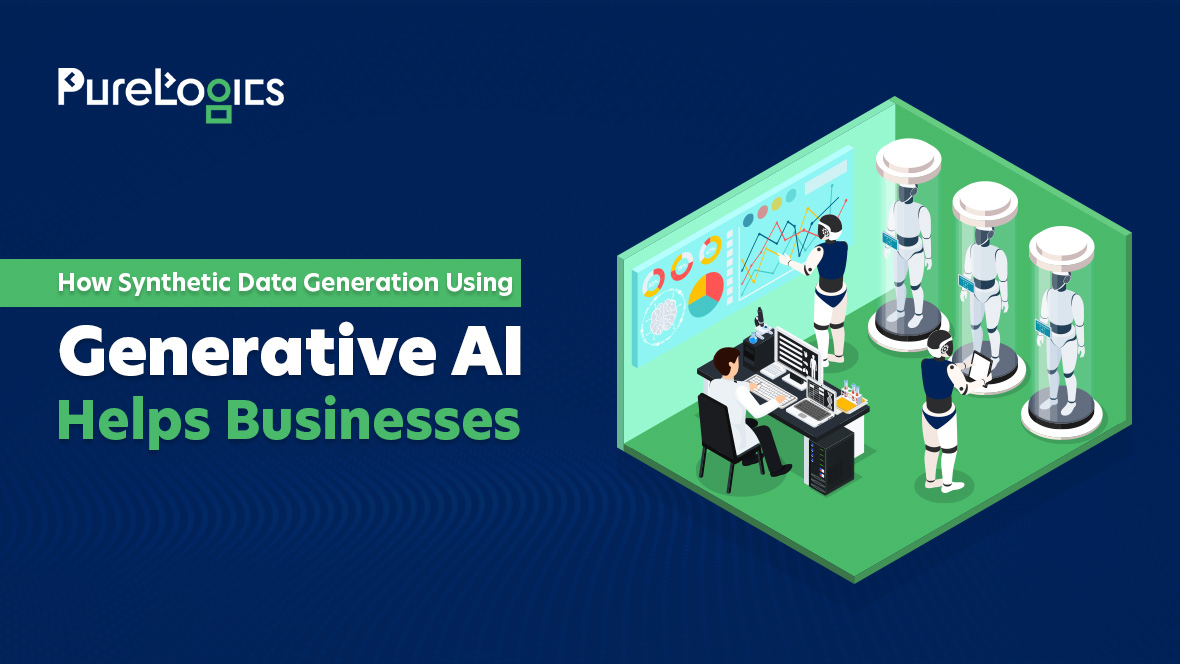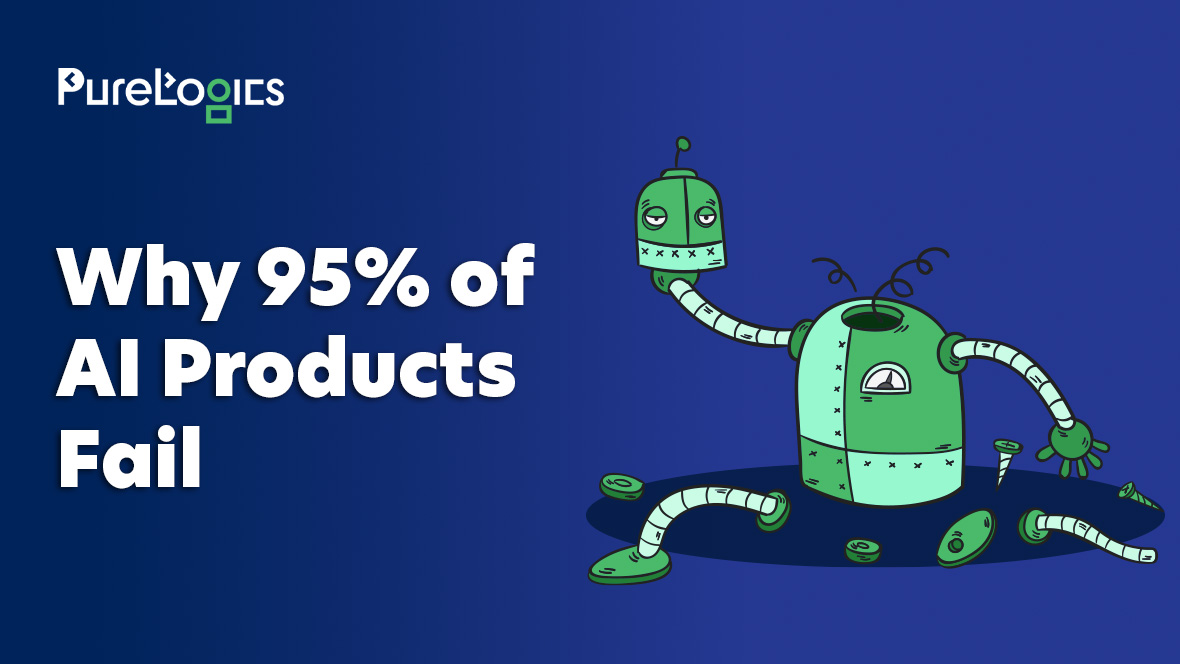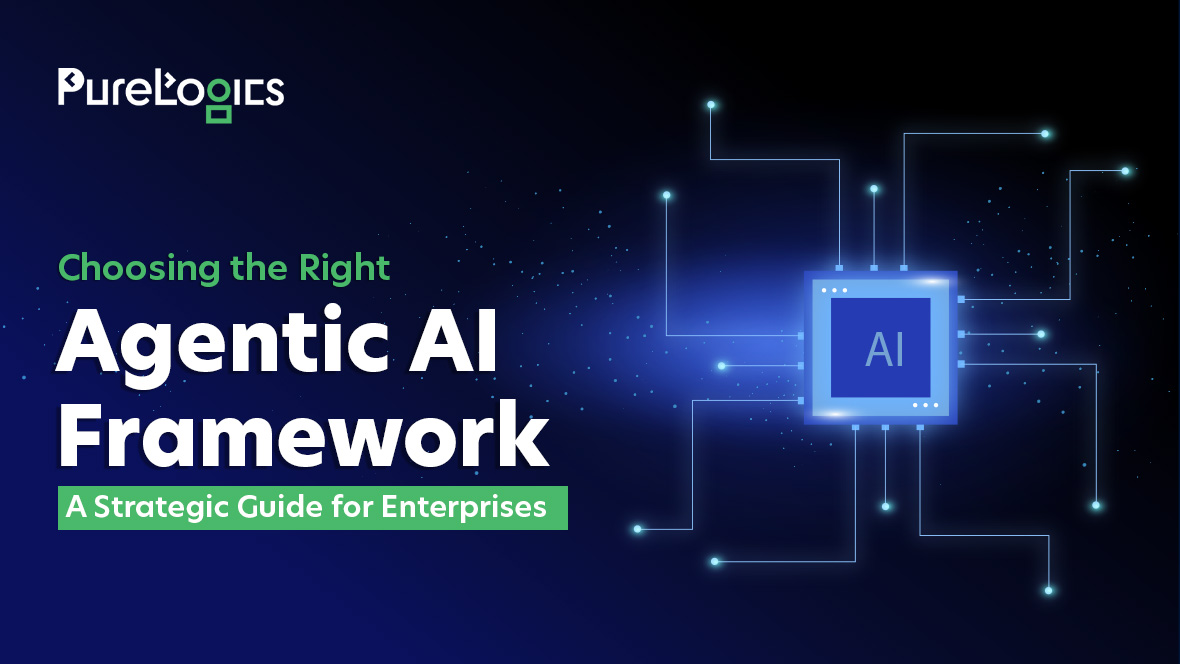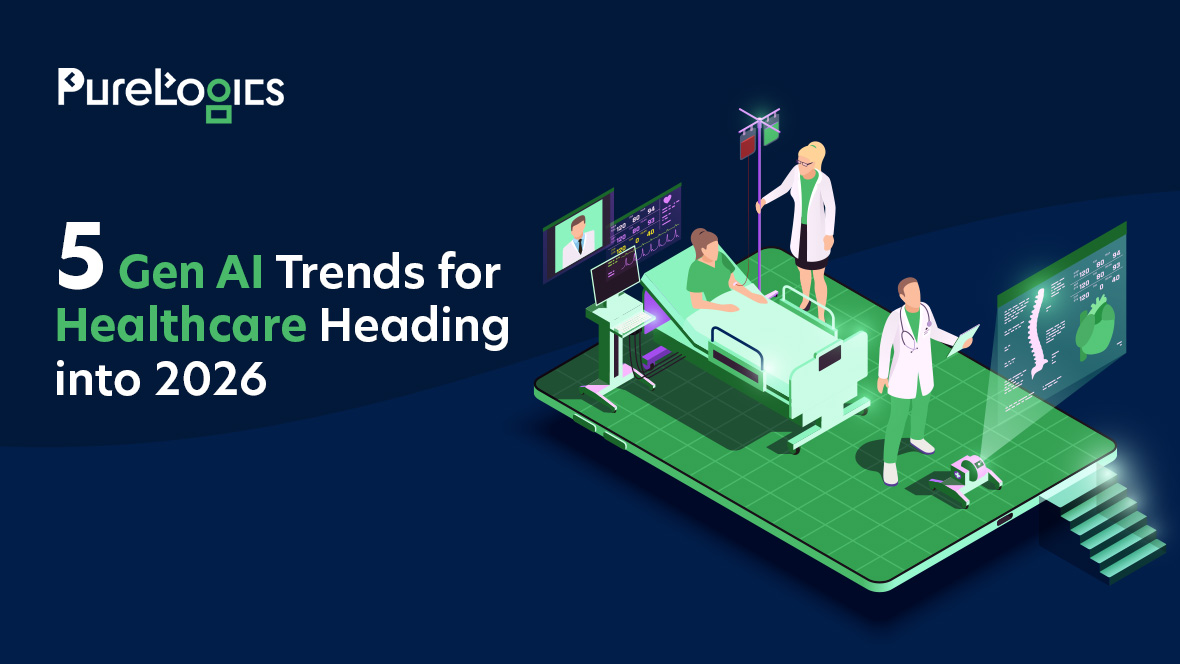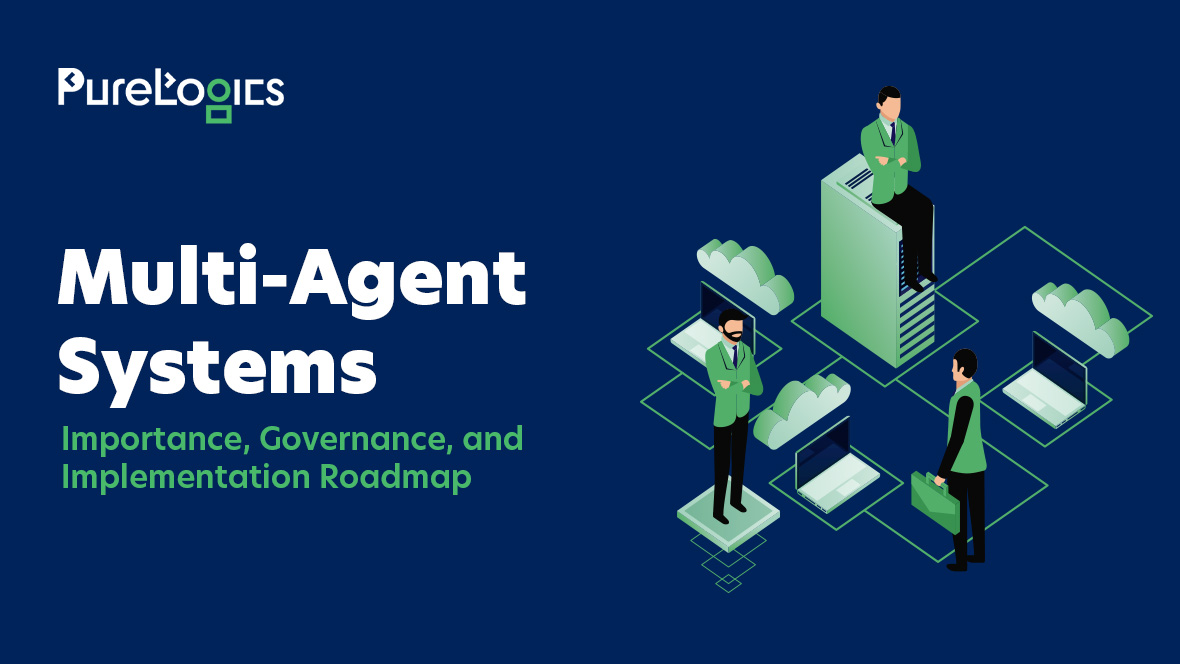Data is everywhere on the internet. Whether you go on social media or do online shopping, we create huge amounts of data on a daily basis. Businesses and society use high-quality data for decision-making purposes and to shape the future outlook of their businesses.
But what does your business do when it finds it daunting to collect data or when data is expensive as well as sensitive to use for analytics purposes? There is a popular way forward, synthetic data, that every renowned organization has been using to gather insights. Synthetic data is a kind of computer-generated data that resembles the properties and patterns of real data.
Today’s blog post discusses how synthetic data generation using generative AI helps businesses. Moreover, it also explains the best practices for creating synthetic data. So, without further ado, let’s get started!
Importance of Synthetic Data
On average, data scientists spend most of their time on gathering, classifying, and cleaning data rather than doing actual analysis. Their problems get compounded when they deal with confidential or sensitive data such as healthcare or fintech data. In this scenario, synthetic data can be employed to replace real-time data. Synthetic data keeps the same patterns and properties and doesn’t need to access any sort of confidential data.
This helps them generate premium datasets for research, analytics, and machine learning applications. Businesses proactively use it for one reason – it doesn’t compromise data security, leading to well-executed decision-making.
Moreover, synthetic data has the ability to make even more datasets than the original source. This benefits those businesses that analyze data from different demographics with limited information. With synthetic data, researchers and analysts can develop diverse datasets and produce novel data points, which will help them better understand the problem they want to solve.
How Synthetic Data Generation Helps Businesses
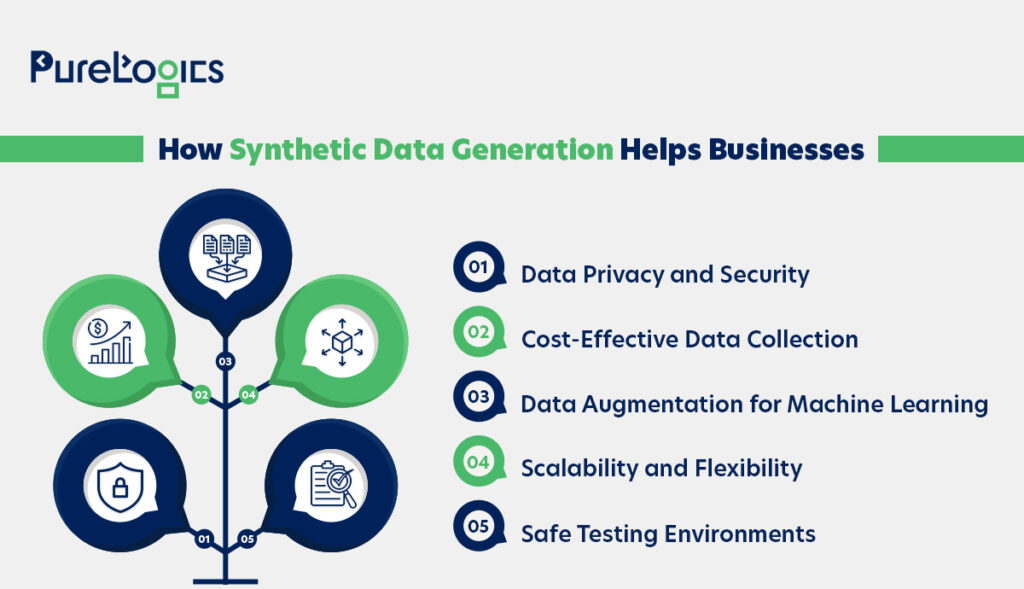
Synthetic data generated using generative AI is today an essential asset for all types of business worldwide. This technology benefits businesses by automating their operations, decreasing incurred costs, and driving efficiency to businesses. Let’s explore in detail how synthetic data generation with GenAI helps businesses:
Data Privacy and Security
Healthcare, finance, and other data-sensitive industries contain the personal data of customers. That data is usually protected by GDPR, HIPAA, and other privacy regulations. Now you know that synthetic data is a safe alternative as it resembles the properties and patterns of real data without revealing the personal details of stakeholders. This enables businesses to execute data analysis or testing without any worries of data breach or violation of laws.
With synthetic data, businesses can collaborate with third-party vendors, share insights, and create more transparent ecosystems. The best thing is that this all is while keeping the actual sensitive data secure. It’s especially useful in industries with rigorous compliance standards, enabling innovation without legal and security hurdles.
Cost-Effective Data Collection
Collecting real-world data can be both time-consuming and expensive. From conducting surveys and experiments to gathering data from IoT devices and customer interactions, the process demands significant resources. Synthetic data generation is far more cost-effective, as it reduces the need for massive real-world data collection campaigns.
For example, in industries like automotive or aerospace, synthetic data can be generated to simulate crash tests or flight patterns, significantly cutting down on physical testing costs. This not only reduces expenses but also accelerates time-to-market for new products.
Data Augmentation for Machine Learning
One of the most powerful applications of synthetic data is in augmenting machine learning models. Machine learning algorithms require large volumes of high-quality data to perform well. However, businesses often struggle with limited or imbalanced datasets, especially in niche industries. Synthetic data helps by generating additional data points that mimic real-world data, improving model performance and accuracy.
For instance, in fraud detection systems or customer behavior analysis, synthetic data can be used to create scenarios that are underrepresented in the original dataset, allowing the machine learning models to handle edge cases and rare events better.
Scalability and Flexibility
Generative AI allows businesses to scale their data needs effortlessly. When real data sources are limited or not available, synthetic data can fill in the gaps by producing infinite variations of datasets. Businesses can easily test new products, services, and market strategies by modeling a variety of scenarios, increasing their adaptability in a rapidly changing market.
Synthetic data generation is highly flexible, enabling businesses to explore different demographics, market segments, and customer behaviors. This flexibility allows organizations to fine-tune their offerings and optimize their strategies for better business outcomes.
Safe Testing Environments
In many cases, testing new software, applications, or algorithms using real-world data can be risky, particularly if the data is incomplete or noisy. Synthetic data provides a controlled, simulated environment where businesses can test new features, evaluate system performance, and validate models without compromising real-world data integrity.
For sectors like autonomous vehicles, healthcare diagnostics, or financial modeling, synthetic data allows testing in a variety of hypothetical situations, helping businesses detect potential flaws or vulnerabilities before releasing a product into the market.
Best Practices for Creating Synthetic Data
To maximize the value of synthetic data generation, businesses need to follow several best practices:
Understand Your Data Needs
Businesses should identify the specific use cases for synthetic data and ensure that it aligns with the objectives of the project. This includes knowing the type of data needed, such as customer behavior, financial transactions, or industrial processes.
Validate Data Quality
It is essential to validate the accuracy and realism of synthetic data to ensure it reflects the original dataset’s properties. Leveraging AI-based tools that specialize in data validation helps ensure that the synthetic data is reliable and useful for decision-making.
Maintain Ethical Standards
While synthetic data is a great tool for replacing real-world data, businesses must maintain transparency about its use. Synthetic data should be ethically generated and used to avoid creating biased or misleading insights.
Implement Continuous Data Updates
Ensure that synthetic data is regularly updated to reflect evolving trends in the market. This is especially important for businesses relying on time-sensitive data, such as retail, finance, or healthcare, to ensure that their analysis remains relevant.
Final Remarks
Synthetic data generation through generative AI offers immense potential to help businesses drive innovation, reduce costs, and improve decision-making. By leveraging synthetic data, companies can safely test new ideas, protect privacy, and create scalable data-driven solutions that fuel growth.
If your business is looking to explore synthetic data solutions or needs assistance in implementing generative AI tools, contact us now! PureLogics is here to help you unlock the full potential of your data and boost your business’s success. Give us a call today!


 [tta_listen_btn]
[tta_listen_btn]
 February 17 2025
February 17 2025

